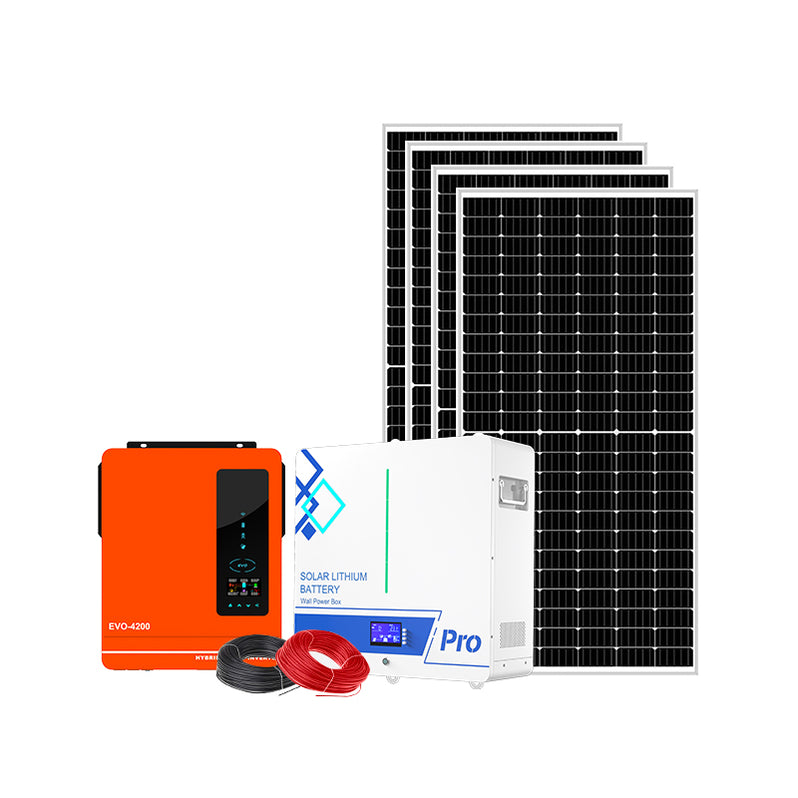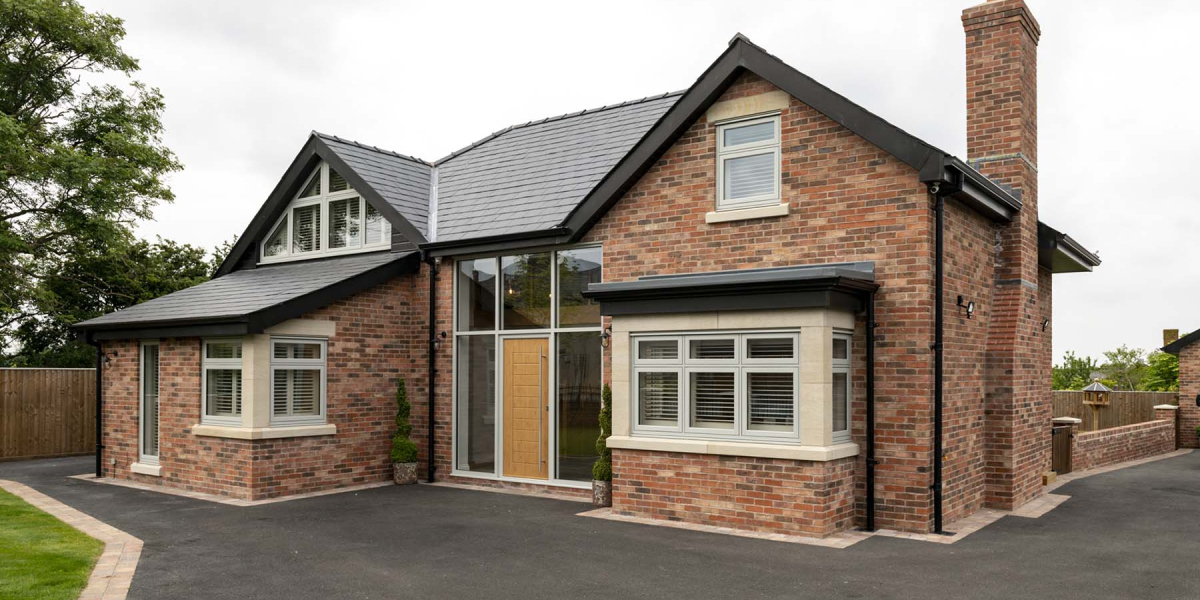Unlock the Secrets to Choosing the Perfect 5kw Solar System for Your Home!
As the world shifts towards sustainable energy sources, solar energy has emerged as a popular choice for homeowners looking to reduce their carbon footprint and energy bills. Among the various solar system sizes, a 5kw solar system has gained significant attention due to its balance between affordability and efficiency for residential use. Choosing the right system can lead to substantial cost savings, a positive environmental impact, and greater energy independence. Whether you are driven by the desire to lower your utility bills or to contribute to a greener planet, understanding the nuances of a 5kw solar system is essential for making an informed purchase decision.

Understanding 5kw Solar Systems
A 5kw solar system is designed to produce 5 kilowatts of electricity under optimal conditions, making it an ideal choice for average households. This system typically includes several key components: solar panels, an inverter, and optionally, batteries for energy storage. Solar panels convert sunlight into electricity, while the inverter transforms that electricity from direct current (DC) to alternating current (AC), which is used in homes. Compared to smaller systems, a 5kw setup can adequately power essential appliances, lighting, and heating systems, making it suitable for average energy consumption. Understanding these components is crucial, as they influence the performance and efficiency of the solar system.
Assessing Your Energy Needs
Before investing in a 5kw solar system, it’s vital to evaluate your energy consumption. Start by analyzing your past electricity bills to determine your average monthly usage in kilowatt-hours (kWh). Consider seasonal variations and future energy needs, such as adding more appliances or planning for electric vehicles. A friend of mine, who installed a 5kw system last summer, found that tracking her energy usage over the year helped her to anticipate her needs accurately. By understanding your consumption patterns, you can assess whether a 5kw system is suitable for your household, ensuring that you invest in a system that meets your specific requirements.
Comparing Solar Panel Options
When selecting a 5kw solar system, one of the most critical decisions is the type of solar panels to use. The three main types are monocrystalline, polycrystalline, and thin-film panels. Monocrystalline panels are known for their high efficiency and space-saving design, making them ideal for limited roof space. Polycrystalline panels are generally more affordable but may require more space due to their slightly lower efficiency. Thin-film panels offer flexibility and lower production costs but usually have the least efficiency. Weighing the pros and cons of each type can help you decide the best fit for your energy needs and budget. A close friend opted for monocrystalline panels for her 5kw system, and she has been thrilled with the performance and aesthetics.
Inverter Choices for Your 5kw System
The inverter is a crucial component of any solar system, converting the DC electricity generated by the solar panels into AC electricity suitable for home use. There are several types of inverters to consider for a 5kw system: string inverters, microinverters, and power optimizers. String inverters are the most common and work well for systems without shading. Microinverters are installed on each panel individually, maximizing energy production, especially in shaded areas. Power optimizers work with string inverters to enhance performance panel by panel. Choosing the right inverter type can significantly impact the overall efficiency of your solar system, and it's wise to consult with an installer to find the best match for your setup.
Installation Considerations
Installation is a critical phase in your solar journey, and several factors must be considered. Roof orientation and angle significantly influence energy production; ideally, your roof should face south for maximum exposure to sunlight. Additionally, shading from nearby trees or buildings can affect system performance, so it’s essential to assess your site carefully. Local regulations and incentives may also play a role in your installation process. My neighbor faced challenges during installation due to local zoning laws, which reinforced the importance of thorough research. Finding a qualified installer with experience in 5kw systems will ensure that your system is set up correctly and efficiently.
Summarizing Your Solar Setup
Choosing the perfect 5kw solar system for your home requires careful consideration and research. From understanding your energy needs to comparing solar panel options and selecting the right inverter, each step plays a significant role in the overall effectiveness of your system. As you embark on your solar journey, remember that informed decisions will lead to greater energy savings and a positive environmental impact. Take action today to explore the possibilities of solar energy and unlock the benefits of a 5kw solar system in your home!








